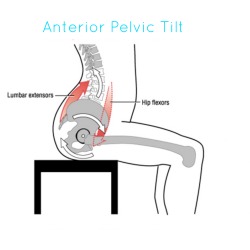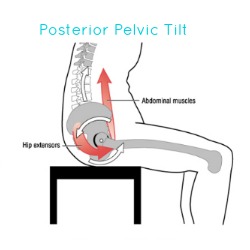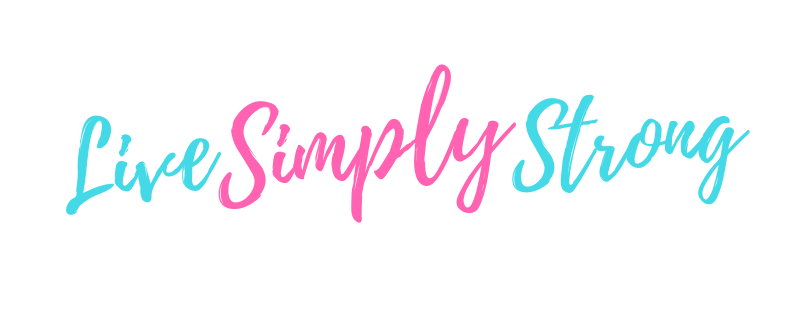Are You In Neutral Pelvis and How to Tell?
So you walk into your favourite Mat class, lay down your mat, and the instructor begins by saying, legs in tabletop and maintain a neutral pelvis.
You think ok I got this I know what that is no problem. However, for some reason, your low abs are not as fatigued as they probably should be and you can’t seem to get rid of the little pooch resting on your abs. Or maybe your low back is slightly uncomfortable. And often times experiencing pain!
These are all signs the body could be overcompensating somewhere. Or structurally it is very difficult for you to stay in the neutral pelvis.
Here are some tips to constantly tell if you are in a neutral pelvis.
- Are your hip bones facing the ceiling? Put your hands on your hips and feel if they are tilting forward or backwards. Adjust accordingly. You want the hip bones parallel to the sky or ceiling. Hint: this is neutral pelvis!
- Is your back Imprinting on the floor or mat? In other words, are you smashing your spine into the floor? (This actually can create a forced posterior tilt, not what we are going for. You want to be able to pull your abs in without tilting the pelvic floor.
- Are the ribs flared to the sky? Meaning back is slightly arching this creates an anterior tilt that can make the back, ache.
OK So What Is Neutral Pelvis?
The simplest explanations are when your spine is in, complete alignment with your body. But what does that mean really?
I like the “soup bowl” analogy when laying on your back with knees bent and feet on the floor, let your pelvic floor rest.
What we are looking at is the pelvic region. If you have a posterior tilt ( Pubic bone tilts toward your nose/ back smashed in the floor) your soup bowl ( pelvic region) will spill into your belly button. If you have anterior tilt (back arches) your soup bowl pours to the floor.
When the pelvis is neutral, the soup bowl will not spill during movement.


Maintaining neutral pelvis is the goal, but sometimes our bodies do not always go along with the program or we are not physically capable.
Here is where the WORK comes in! Neutral Pelvis is one of the basic fundamentals of Pilates. Understanding and consistently reminding ourselves to check if we are in a neutral spine will dramatically change your strength and body structure.
Why you should care if you are in a neutral spine!
Propper allignment ultimately protects the lower back and strengthens the inner core muscles. Once these muscles are stronger, it allows for better control over your blatter, relieves back pain, and gives you control when doing other movements like squats. When done right, we build the muscles to support our internal organs. Women especially after having a baby need to rebuild their pelvic floor.
When we feel too much pressure on the lower back and have blatter trouble, these can be signs our pelvis is weak.
The benefits of a neutral spine!
When in neutral spine, expect to feel the whole abdominal wall while moving. Often, the mommy pooch or beer belly is hard to access and one must physically think about their form in order to dig deep into these muscles.
At first, we have to continuously check in with the abdominals to remind them to pull in and up. Eventually, this position becomes more natural and starts to strengthen the inner core muscles.
You can expect to get your hourglass shape back and feel the body release. Ultimately experiencing less pain in other areas of the body that you may have thought were unrelated.

So how do we accomplish neutral pelvis?
Let’s take the anterior tilt we discussed earlier. If you feel mostly back muscles and no lower abdominals, it’s because you are not in a neutral pelvis. Therefore, only working what is already strong. Your back! I hope that makes sense. The same is true for the posterior tilt when forcing or pressing your back on the floor, you are not changing the structure of the spine to create length, you are furthering the already unbalanced structure. Some may say overcompensating for another pain.
In order to accomplish a neutral pelvis you must consistently ask yourself, Where do I feel this? In my Back? Or in the whole abdominal wall?
This is where mind-body presence comes into practice! If you are interested in how to go deeper with strengthing the mind while doing any movement check out, “How to be more mind-body present while practising Pilates.”
Being mind-body present is the next step and is a building block to your growth and ultimately changing your body.
Once we have gotten the basics of maintaining a neutral pelvis like we talked about here and we are more aware of how to accomplish this, the body becomes more cooperative and progresses.
Our lives should be intentional and so should our movement!
I truly want you to advance in your practice and help you find the body freedom I found with Pilates. I have never been more in control of my headaches and knee injuries in my life. It is truly freeing to know I can move pain-free.
I would love to hear how far along you are in your practice and if you have any questions.
In Strength,
Stephanie
If you like this post, You may also like
“How to be more mind-body present“
“How to alleviate pain during plank”
“5 Simple foam roller exercises you should be doing to alleviate aches and pains“


